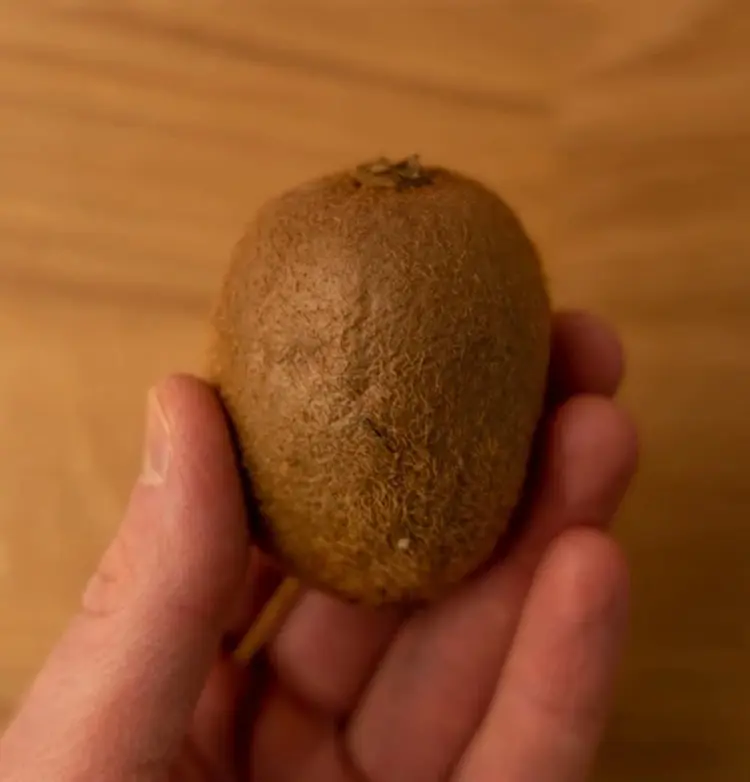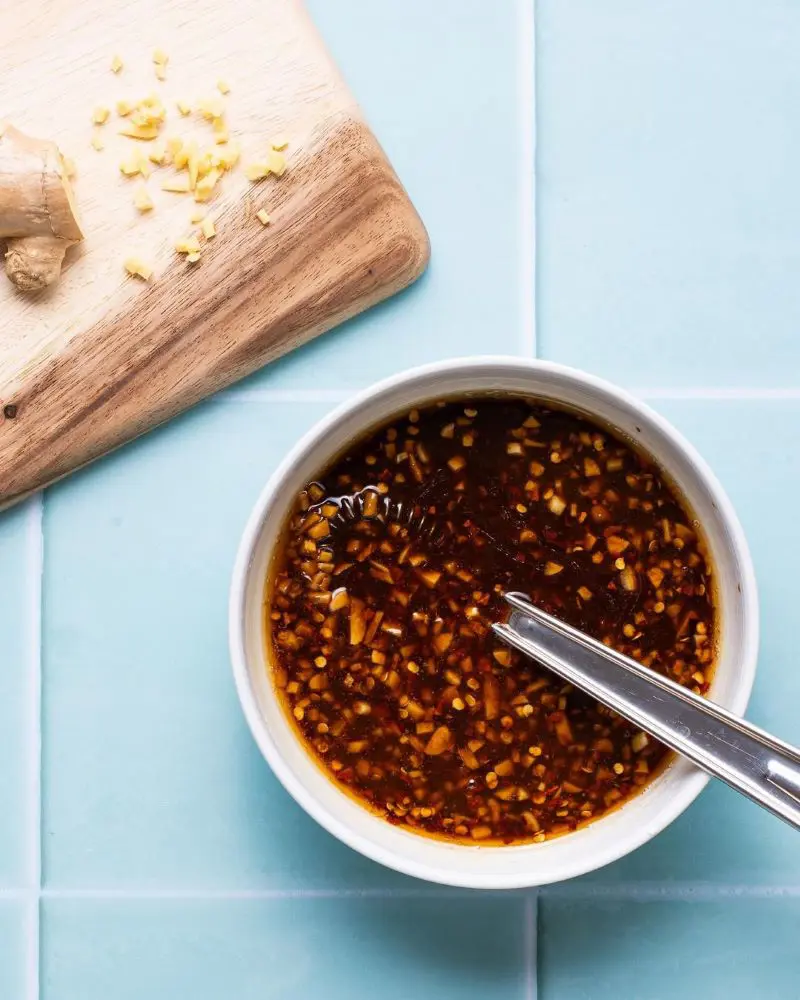How To Tell If Kiwi Is Ripe
If you want to maximize the flavor of your kiwi, you need to know how to tell whether or not it is ripe. Eating them fresh or using them in recipes, ripe kiwis have the right kind of taste and texture that makes them suitable for both.
Luckily, there are easy procedures available with which you can also know a kiwi’s state of ripeness such as applying moderate pressure or observing its color and odor.
Check the Skin of Kiwi
To get an idea of kiwi fruit skin, examine it closely. For instance, an ideal kiwi should have an evenly brown colored surface with no scratches and scabs. Avoid purchasing any kiwi that has noticeable bruises, wrinkles, or soft areas since it is likely to be damaged or overripe.
When squeezed gently, its surface should feel hard which implies that the inside pulp is still fresh, hence, you will get an idea if the fruit is ripe or not.
Firmness
Just apply pressure using your thumb and fingers. A fully ripened kiwifruit will slightly give in when pressed gently, signaling that its pulp is soft and juicy. If it feels firm, it means that it is still unripe and will taste sour.
It could mean that the kiwifruit might be overripe if it feels soggy or too soft, hence it may have no definite taste but rather have a pasty texture.

Color
The hue of a kiwi’s skin might offer you hints, but it is not always the most reliable indicator of ripeness. Generally, kiwis have a brown and furry outer layer but the fleshy part can be green or golden depending on the kind.
Gold kiwis should have smoother and hairless skins while maintaining one color. Moreover, skin shades change hardly at all when kiwis get riper, therefore taking into account their feel is much more important than color.
Smell the Kiwi
From a distance, you might not be able to sense its odor, however, if held up to your nose, you will be able to smell a sweet citrus smell. This is an indication that the Kiwi is ripe enough for consumption. In addition, it has a light sweet fragrance a genuine sign that one should have it.
However, if there is any indication of overpowering sweetness such as a strong smell or a bit of fermented smell then chances are high that this particular fruit is too old and wouldn't taste good at all.











